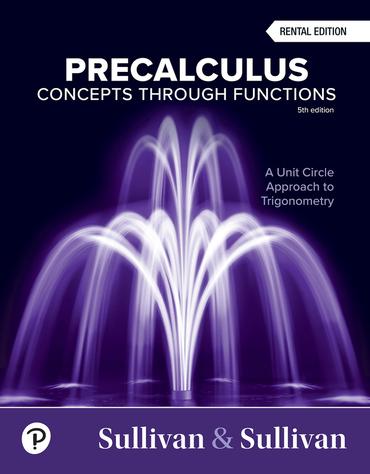There is an infamous problem from mathematics that attempts to quantify the number of potential mates one
Question:
There is an infamous problem from mathematics that attempts to quantify the number of potential mates one should date before choosing one’s “true love.” The function L(x) = −x ln x. represents the probability of finding the ideal mate after rejecting the first x proportion of potential mates. For example, if you reject the first 20% = 0.20 of individuals you date, the probability of finding the ideal mate is L(0.2) ≈ 0.322. So, if you want the probability of finding the ideal mate to be greater than 0.332 and you are only willing to date up to 20 individuals, you should reject the first 0.2(20) = 4 individuals before attempting to decide on the ideal mate. Presumably, you are using those first 4 individuals to help you decide which traits you value in a mate.
(a) Determine and interpret L(0.1).
(b) Determine and interpret L(0.6).
(c) What is the domain of L?
(d) Graph L = L( x) over the domain.
(e) Judging on the basis of the approach suggested by the model, what is the value of x that maximizes L? What is the highest probability of finding the ideal mate?
Step by Step Answer:

Precalculus Concepts Through Functions A Unit Circle Approach To Trigonometry
ISBN: 9780137945139
5th Edition
Authors: Michael Sullivan





